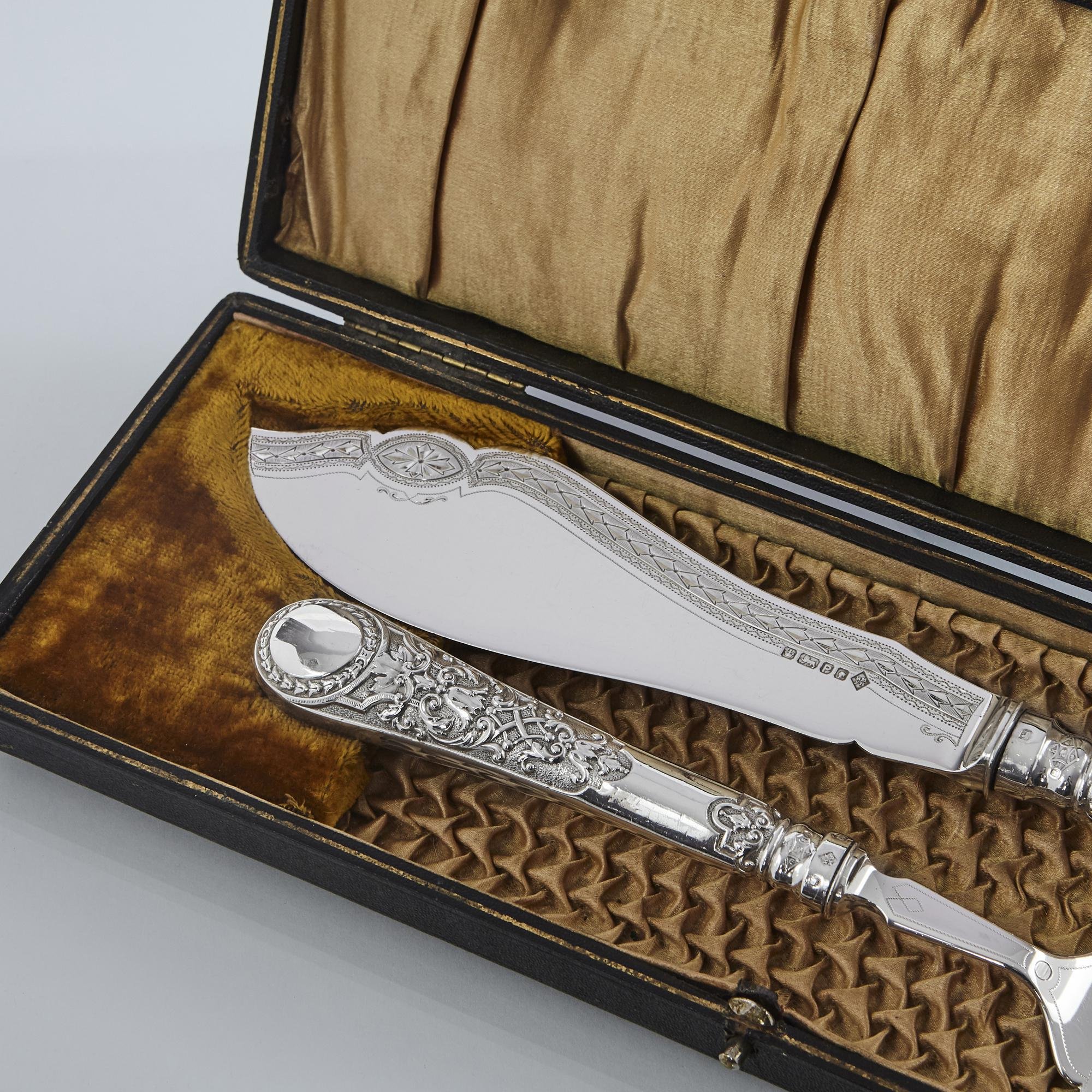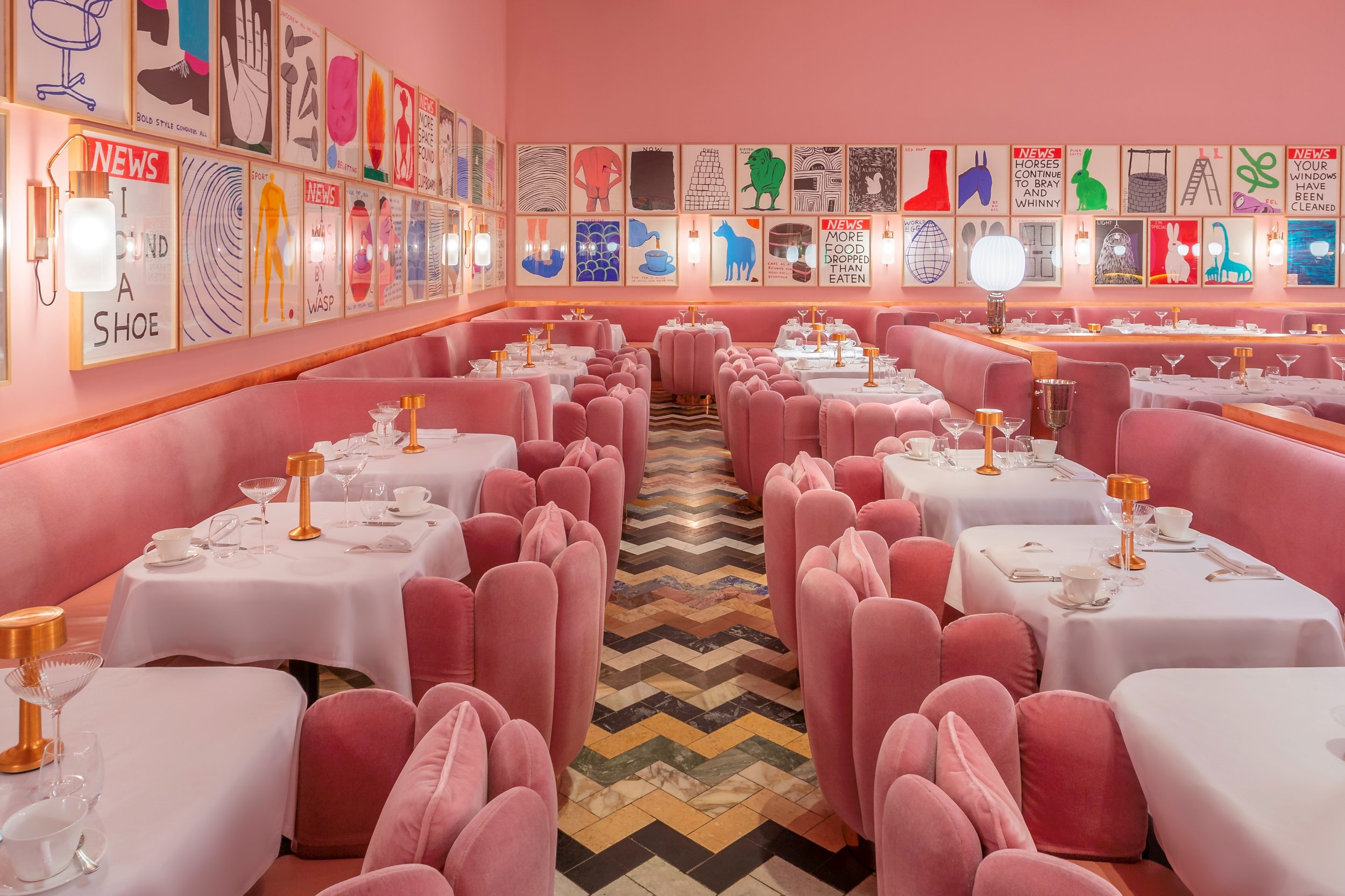Call of the Wild
8 July 2021
The fields of science and art are often thought of as separate, but wildlife illustration exemplifies how they intersect.
Richard Smyth
Richard Smyth is a writer and critic. His latest novel The Woodcock was published by Fairlight Books in July, 2021.
John Frederick Herring Snr (1795-1865), Stable Companions, oil on canvas, 56.5 x 76.8 cm.
Image courtesy of Rountree Tryon Galleries.
Science is about figures and diagrams, art is about beauty and expression; scientists study, record and collate, artists create. A false opposition, of course. There is art in science and science in art – and yet, where the two disciplines come together, some old prejudices persist.
Nature presents considerable challenges to both the artist and the scientist. The fine detail, the multitude of moving parts, the infinite gradients of colour – not to mention the elusiveness of birds, mammals, fish, butterflies, bees, their reluctance to pose for a picture or stand still for an anatomical exam. How to overcome these challenges? The early pioneers in the modern study and depiction of wild things understood that to be an artist or a scientist was not enough – one had to be both.
Drawing, engraving and painting have obvious advantages over wordy description when recording anatomical or behavioural details. While many early-modern naturalists, like the collector Hans Sloane, hired others to illustrate their studies, some did the work themselves – and showed remarkable flair.
One such was Mark Catesby (1683-1749), though he would perhaps have blushed to be described as an artist: ‘As I was not bred a Painter,’ he wrote, ‘I hope some faults in Perspective and other Niceties, may be more readily excused’. Another was Frankfurt-born Maria Sibylla Merian (1647-1717), an unorthodox and adventurous entomologist and painter.
The advances made in scientific classification by Carl Linnaeus (1707-78) encouraged a focus on anatomical detail – the so-called Linnaean approach to natural history art. But it was the move to ecological illustration, depicting wild things in wild places, that broadened the canvas, so to speak, for illustrators of nature. William Bartram, a traveller, painter and inspiration for many in the Romantic movement, led the way here, as did the great John James Audubon, whose paintings of birds in their habitats have seldom been surpassed.
The noble goals of Science and Art were not the only motivations for animal and bird artists as the genre developed into the 19th century. Professional artists, as opposed to the monied amateurs of Georgian and Regency science, followed the money, and that meant rich people’s horses. George Stubbs, of course, led the way (having honed his craft, Stubbs branched out to paint lions, tigers, giraffes, monkeys, rhinoceroses, and a little-known creature called a kangaroo); in his wake followed artists like James Ward, John Frederick Herring Sr and Richard Ansdell. Andsell’s work depicts a wider range of ‘sporting’ scenes – The Poacher At Bay, Winter Shooting, and so on – though he was soon eclipsed in this by the Victorian master of the Highland hunt, Sir Edwin Landseer.
Archibald Thorburn, Birds of the British Isles Vignettes I: Razor Bill, Shag, Great Black-backed Gull, Puffin, Oystercatcher and Tern, signed and dated 'A.Thorburn/May 26 1911' (lower right), watercolour and bodycolour, 36.8 x 26.6 cm.
Image courtesy of Rountree Tryon Galleries.
Another Highland specialist, Archibald Thorburn (1860-1935), perhaps typifies the ‘wildlife artist’ as we see the role today: engaged by his subject, highly knowledgeable, a popular watercolourist but also a keen and committed naturalist. Like many in his field, he was not a natural fit for the fine art establishment.
Then as now, animal art was often seen, as the specialist fine art dealer Jamie Rountree puts it, to be ‘slightly on the outskirts of the art world’.
‘There has been a feeling over successive generations within the top echelons of the traditional art world that animal art, as a genre, is not as impressive as portraiture or landscapes,’ says Rountree, Director of Rountree Tryon Galleries. ‘Thus the market for wildlife art has historically been – and continues to be – very under-priced in comparison to those other two genres.
‘In modern times,’ he adds, ‘it has become even more downtrodden and perhaps even sneered at, especially within the ‘contemporary’ artworld who feel that an artist has to be cutting edge or shocking to produce ‘good’ art.’
Even if the prices paid for wildlife art might not often match up to those seen in other fields, there are still buyers prepared to hit six or even seven figures to acquire a Stubbs (£5,500,000 for Kangaroo and Dingo), Thorburn (£200,000 for Covey of Red Grouse) or Landseer (£608,750 for Alpine Mastiffs Reanimating a Distressed Traveller).
Keith Hope Shackleton, Walrus, signed and dated 'Keith Shackleton '91' (lower left), oil on board, 35.8 x 45.6 cm.
Image courtesy of Rountree Tryon Galleries.
In the 20th century and beyond, animal and bird painters including Edward Wilson, Roland Green, Keith Shackleton and Charles Tunnicliffe continued to work across genre boundaries, combining creative flair with forensic observation. In parallel, the emerging discipline of wildlife photography similarly blurred the lines, through pioneers such as Emma Turner and the Kearton brothers. From the start, the Keartons’ projects contained an element of the conceptual: their Primroses Photographed At The Turn Of The 20th Century, for example, was something far more than mere reproduction.
It isn’t just critics and collectors, however, who resist embracing wildlife work as art. The Yorkshire illustrator Richard Bell says that ‘he wouldn’t want to use ‘artist’ as a job description’.
‘When I draw a flower, bird or snail, I love the idea that the creature has the right just to be itself,’ he says. ‘I can’t avoid being an observer and therefore having an implied presence in a drawing, but I don’t want to burden the poor creature with how I was feeling that day, or with my views on Life, The Universe and Everything. It’s a relief,’ he adds, ‘to be off the hook as far as art is concerned.’







